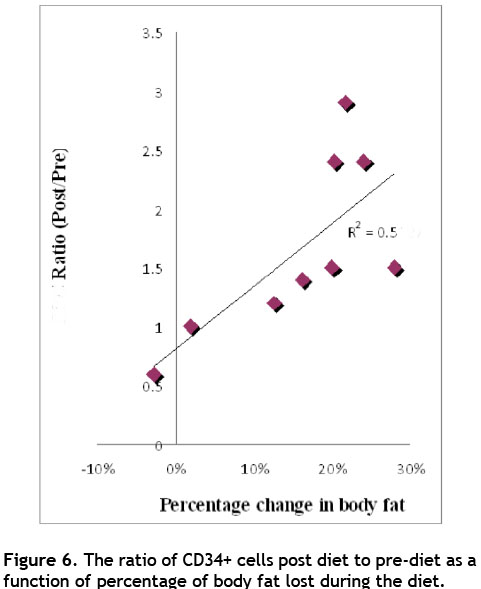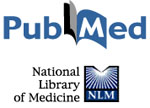The hCG diet has attracted very little attention by research scientists. Nevertheless, this particular recent study confirms the weight loss results of earlier research and uncovers some surprising bonus benefits.
.
.
Survey of hCG Diet Recent Research
PubMed, the medical database at the National Institutes of Health, lists an all-time total of 20,489 research articles on hCG as of May, 2013. Only 93 of these pop up when searching the database for ‘hcg’ and ‘weight loss’ together. Over the past 10 years, the numbers are 5,341 and 33, respectively. Of those 33, none are actual studies of the hCG diet itself. This is clearly not a high priority in the research community.
Nevertheless, one particular study stands out, which does not even get listed in the above search. The reason is because it focuses on the effects of weight loss on cardiovascular risk factors. The hCG diet just happened to be the vehicle for driving weight loss. Although I have summarized some of the results of this study in the past, here are the salient results that all hCG dieter should be aware of.
hCG Diet and Weight Loss
The full reference information of the study discussed here is:
Mikirova NA, Casciari JJ, Hunninghake RE, Beezley MM. Effect of weight reduction on cardiovascular risk factors and CD34-positive cells in circulation. Int J Med Sci. 2011;8(6):445-52.
This study was designed to stick closely to the Simeons hCG diet plan, with certain modifications, as follows:
The weight loss program consisted of a 500 calorie per day dietary restriction in combination with the following:
1. Daily sublingual treatments by vitamin B12 (1,000 mcg per day).
2. Oral supplements consisting of the following nutrients: 250 mg tyrosine, 2 mg beta-glucan, 200 mcg selenium, 1 mg folic acid, 5 mg iodine, 7.5 mg potassium iodide, 600 mg magnesium, 5 g vitamin D3, 60 mg coenzyme Q10, 150 mg lipoic acid, 340 mg acetyl-L-carnitine, 100 mg vitamin B complex, and a probiotic (2 billion CFU acidophilus with 2 billion CFU bifidus and 109 mg FOS).
3. Daily treatments of hCG nasal spray, at doses of 125 – 180 IU.
4. Meals as follows: breakfast consisted of coffee/tea with no sugar or one fruit serving, while lunch and dinner each consisted of 3.5 oz lean protein, a vegetable serving, bread serving, and a fruit serving.
The program schedule was as follows: patients took supplements, B12, and hCG for two days prior to beginning a 36-day very low calorie diet. This was followed by a 35-day treatment period during which calorie intake was gradually raised while restricting sugar and starch intake. Then the hCG treatment was stopped.
Basic Results: Avg. weight loss of 17.8 lbs
The greatest weight loss by any subject was about 37.8 lbs and the least was 5.5 lbs. The authors did not explain this wide discrepancy except to say that the greatest losses happened in those who started out the heaviest.
Related Results of Interest: mean decrease of 12.4 percent body fat
This was accompanied by a mean decrease of 5.7 percent lean body mass. In other words, fat loss was more than twice as great as loss of lean body mass. This result is the accelerated fat loss that Dr. Simeons described way back in 1954.
Changes in Cardiovascular Risk Indicators
The main results of blood tests for accepted indicators of cardiovascular risk are as follows, comparing the pre-study vs. the post-study data:
Glucose (mg/dL): 91 ± 12 vs. 89 ± 7
Cholesterol (mg/dL): 206 ± 36 vs. 177 ± 24*
Triglyceride (mg/dL): 119 ± 57 vs. 97 ± 36
HDL Cholesterol (mg/dL): 52 ± 13 vs. 52 ± 10
VLDL (mg/dL): 24 ± 11 vs. 19 ± 7
LDL(mg/dL): 130 ± 29 vs. 106 ± 21*
Cholesterol / HDL: 4.2 ± 1.2 vs. 3.5 ± 0.8*
LDL / HDL: 2.7 ± 0.9 vs. 2.1 ± 0.7*
Note that, even though all except HDL levels improved, only those with asterisks were statistically significant. Dr. Simeons also predicted the improvement in blood lipid profiles that shown here.
What About CD34-Positive Cells in Circulation?
Researchers are continually looking for additional indicators of cardiovascular health other than blood lipids. One of the relatively new indicators is a cell type that negatively correlates with damage to the lining of vascular tissue. Damage to cells that help replenish such tissue accompanies obesity. As the numbers of such cells go down, damage goes up. An increase of one of these types of cells, called CD34-positive cells, may therefore be an indicator of improvement of vascular health.
Results
Changes in CD34-positive cells are best summarized in graphic form, as compared with changes in body fat. The following graph shows a strong positive correlation between an increase in this cell type with a percent change (i.e., reduced) in body fat.

This is the result that we want to see (diagonal correlation line). More cells promoting vascular health as body fat gets reduced.
Updating hCG diet research,
Dr. D<.h1>
